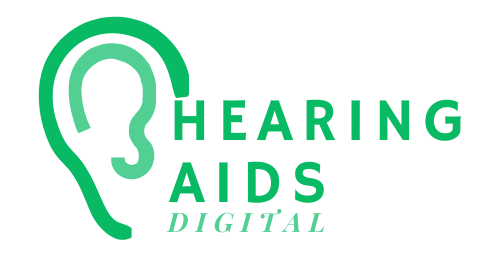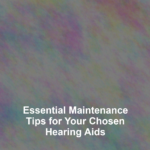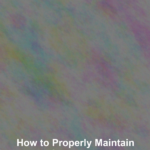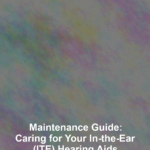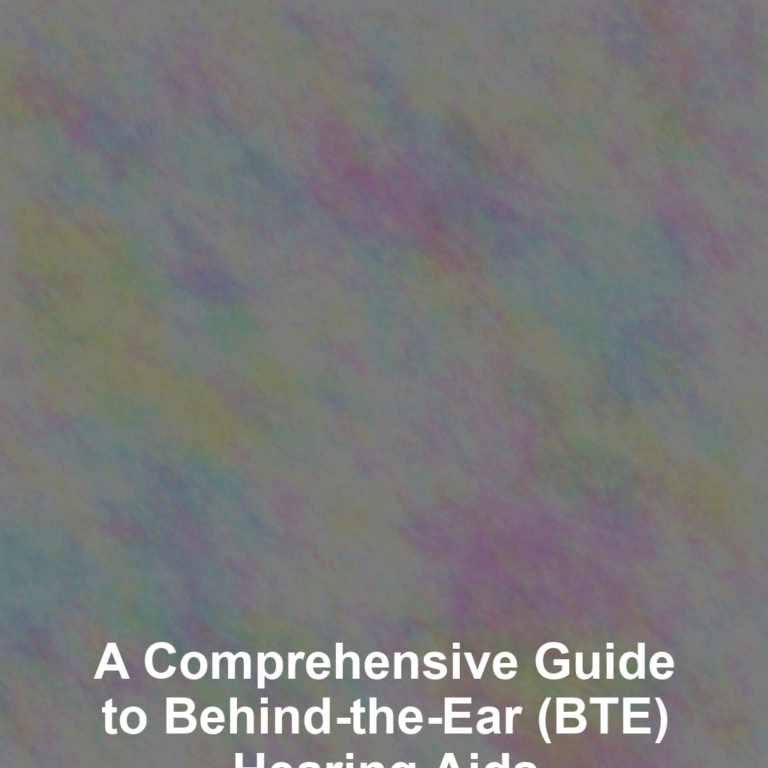YouG??ve just invested in a state-of-the-art hearing aid, a tool that promises to enhance your daily interactions and bring the nuances of sound back into your life. ItG??s an impressive piece of technology, but like all devices, it requires regular care to function at its best.
You wouldnG??t drive your car without ever changing the oil, so why would you treat your hearing aids any differently? Maintaining your device isnG??t just about preserving sound quality; itG??s also about safeguarding your investment. From establishing a daily cleaning routine to knowing when to seek professional help, thereG??s a spectrum of simple yet crucial steps youG??ll need to take.
But where do you start, and what are the common pitfalls to avoid? Stay tuned as we unveil the essential tips that will keep your hearing aids in top condition and ensure that they remain a reliable companion in your auditory journey.
Daily Cleaning Routine
To ensure your hearing aids function optimally, itG??s essential to establish a daily cleaning routine. Dirt, earwax, and moisture can accumulate and impact performance. YouG??ll need a soft, dry cloth and a gentle brush designed for hearing aids. Start by wiping the exterior to remove visible debris. Pay special attention to the microphone and speaker ports where buildup is common.
Next, use the brush to gently clear any particles from the nooks and crannies. If youG??ve got in-the-ear (ITE) devices, inspect the earwax filter; if itG??s clogged, replace it. For behind-the-ear (BTE) models, detach the ear mold and clean it separately with mild soap and water. Ensure itG??s completely dry before reattaching.
Avoid using alcohol, solvents, or cleaning agents as they can damage your hearing aids. DonG??t forget to open the battery compartment at night. This airs out the device and prolongs battery life. Stick to this routine, and youG??ll maintain the clarity of sound and extend the life of your hearing aids. Remember, a little care goes a long way in preserving your auditory investment.
Managing Moisture and Humidity
Managing moisture and humidity is crucial for the longevity and functionality of your hearing aids. Excessive wetness can damage the delicate internal components, while too little moisture can cause earwax to harden and block the sound outlet. To protect your investment and ensure optimal performance, youG??ve got to keep your hearing aids dry and clean.
Here are a few tips to help you manage moisture and humidity:
- Use a hearing aid dehumidifier: Store your hearing aids in a dehumidifier overnight to draw out moisture.
- Avoid extreme temperatures: DonG??t leave your hearing aids in the bathroom during showers or in the car on hot days.
- Handle with dry hands: Make sure your hands are dry before touching your hearing aids to prevent accidental water damage.
- Open the battery compartment: At night, open the battery compartment to air out the device and reduce moisture buildup.
Feedback and Volume Troubleshooting
While keeping your hearing aids dry is essential, itG??s equally important to address issues like feedback and improper volume that can affect your listening experience.
If youG??re hearing whistling or buzzing sounds, itG??s likely feedback. This can occur when the hearing aid isnG??t fitted properly, or when sound leaks out of the ear canal and is picked up by the microphone. To fix this, ensure your hearing aids fit snugly. If the problem persists, you might need to visit your audiologist for adjustments.
When it comes to volume issues, your hearing aids should deliver sound clearly at a comfortable level. If they donG??t, first check the volume settings and adjust them accordingly. Remember that your hearing might vary between environments, so what works in one setting may not in another. If adjusting the volume doesnG??t help, inspect the microphone and speaker ports for any blockages like earwax or debris. Clean them gently with a soft brush or a specialized tool provided by your hearing care professional.
If these troubleshooting steps donG??t solve the problem, your hearing aids may need professional servicing. DonG??t hesitate to reach out to your hearing care provider for assistance. Regular maintenance ensures your hearing aids work optimally, providing you with the best possible hearing experience.
Battery Care and Replacement
Proper battery maintenance is crucial for ensuring your hearing aids function reliably and last longer. YouG??ve got to treat these tiny power sources with care to get the best performance out of your hearing aids.
HereG??s how you can keep them in tip-top shape:
-
Turn off your hearing aids when youG??re not using them. This simple step can extend battery life significantly.
-
Store batteries at room temperature. Keep them away from moisture and heat to prevent any damage or reduced functionality.
-
Check battery contacts regularly. Make sure theyG??re clean and free from debris to ensure a good connection.
-
Recycle used batteries properly. DonG??t just toss them in the trash; they contain materials that can be harmful to the environment.
When itG??s time to replace your batteries, do so with the correct size and type recommended by your hearing aid manufacturer. YouG??ll know itG??s time for a change when you hear the low battery indicator or if you notice a decline in performance.
DonG??t wait too long to replace them, as completely drained batteries can swell, making them difficult to remove and potentially damaging your hearing aids. Keep a fresh supply on hand so youG??re not caught without power when you need it most.
Regular Professional Check-Ups
Just as youG??d regularly service your car to keep it running smoothly, itG??s essential to schedule routine professional check-ups for your hearing aids to ensure optimal performance. These check-ups allow your audiologist to assess how well your hearing aids are functioning and make any necessary adjustments.
During these visits, youG??ll have the chance to discuss any concerns or issues youG??ve encountered. Perhaps youG??re experiencing feedback or discomfort, or maybe youG??ve noticed changes in your hearing. Your audiologist can address these problems and ensure your hearing aids are tailored to your current needs.
Typically, itG??s recommended that you have your hearing aids professionally checked every six months. However, if youG??re prone to earwax build-up or work in environments with high levels of dust and moisture, you may need to go more frequently.
Remember, these devices are intricate and require specialized care. Professional cleaning can help prevent repairs that are often much costlier than regular maintenance. Moreover, by keeping up with technological advances, your audiologist might suggest software updates or accessories that can enhance your hearing experience.
DonG??t underestimate the value of these check-ups. TheyG??re key to maintaining not just the functionality of your hearing aids, but also the quality of your hearing and overall well-being.
Conclusion
YouG??ve got the basics down to keep your hearing aids in top shape. Remember to gently clean them daily, protect them from moisture, and troubleshoot any pesky feedback or volume issues.
Stay on top of battery changes to avoid unexpected silence. And donG??t skip those professional check-upsG??theyG??re crucial for your hearing aidsG?? performance and longevity.
Take care of your tech, and itG??ll take care of you, ensuring you never miss a beat in lifeG??s soundtrack.
